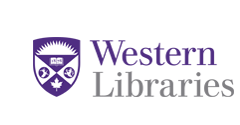Teacher Capabilities in Ontario ML classrooms
Description
This study is designed to understand teacher learning in Ontario’s linguistically, culturally and racially diverse classrooms. There is a gap in knowing how capable teachers are in supporting minority students and the lack of training and developing of skills throughout teacher education programs. This study will address this notable gap by measuring teacher capabilities to teach in ML school contexts, exploring capabilities of novice and experienced teachers to teach in such contexts, and identifying ways in which teachers incorporate culturally and linguistically inclusive pedagogy in elementary and secondary classrooms. The knowledge gained from this study can be used to promote quality culturally and linguistically inclusive pedagogy in Canada’s multilingual schools.
Teacher Capabilities in Ontario ML classrooms
This study is designed to understand teacher learning in Ontario’s linguistically, culturally and racially diverse classrooms. There is a gap in knowing how capable teachers are in supporting minority students and the lack of training and developing of skills throughout teacher education programs. This study will address this notable gap by measuring teacher capabilities to teach in ML school contexts, exploring capabilities of novice and experienced teachers to teach in such contexts, and identifying ways in which teachers incorporate culturally and linguistically inclusive pedagogy in elementary and secondary classrooms. The knowledge gained from this study can be used to promote quality culturally and linguistically inclusive pedagogy in Canada’s multilingual schools.


